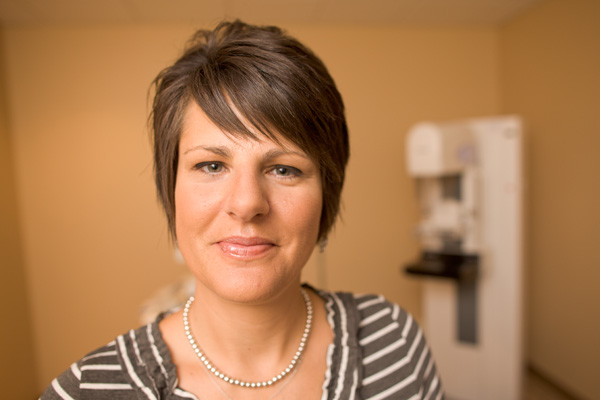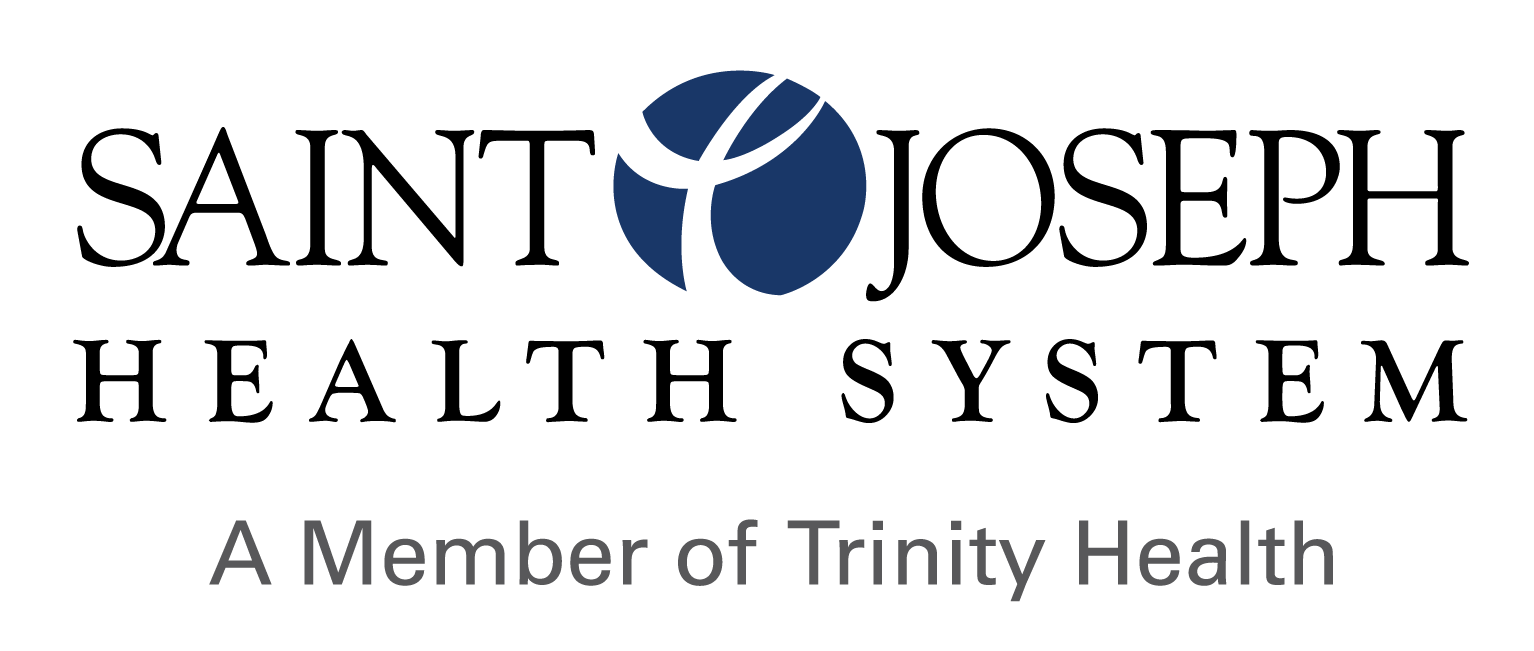Post-Surgical Breast Reconstruction

Post-mastectomy or lumpectomy surgery
For women facing a mastectomy — the surgical treatment of one or both breasts for the treatment of breast cancer or its risk factors — there are both physical and emotional concerns. With a mastectomy, body image and self-esteem play major roles in recovery following surgery. SJHS is proud to offer the latest advances in reconstructive procedures aimed at restoring anatomy that may be removed or altered during a mastectomy and the treatment of breast cancer.
Oncoplastic Reconstruction of the Breast
This new procedure incorporates partial mastectomy, or lumpectomy, and plastic surgery breast reduction techniques to restore and improve the shape of the affected breast during the lumpectomy process and achieve symmetry by sometimes altering the opposite breast to match. Not only does the technique improve symmetry of the breasts but it lessens the impact of radiation treatment on the size and shape of the affected breast. This technique is usually an outpatient procedure and is well accepted by patients.
SPY
SJHS is at the forefront of breast reconstruction surgery by offering real-time intraoperative tissue perfusion imaging, known as SPY. Using the SPY system, surgeons are able to monitor blood flow to tissues under reconstruction and make critical, immediate treatment decisions to maximize outcomes. Independent studies in breast reconstruction surgery have shown this type of technology decreases the rate of:
- Post-operative tissue death
- Non-healing wounds
- Subsequent surgery requirements
- Prolonged hospital stays
Single-stage Breast Reconstruction
Until recently, single-stage breast reconstruction was limited to large surgical procedures requiring movement of large tissue flaps to reconstruct the breast. But breast implant technology has continued to improve with leaps and bounds. Now with the availability of the new cohesive form stable breast implants, SJHS can offer immediate direct-to-implant breast reconstruction done in a single stage at the time of the mastectomy. Combined with new nipple sparing mastectomy techniques, this technique can be an excellent reconstructive choice for selected patients.
Conquering Cancer
Kari Hazelbaker is a wife and mother of two. And she was diagnosed with breast cancer. After receiving a mammogram, SJHS doctors ordered an MRI and a PET scan — which showed that Kari’s cancer was not invasive.
“After I got through all of my treatment, I had time to think about it,” she says. “We discussed a double mastectomy, and I thought for me that was the best route to go. This is going to give me peace of mind.”
Dr. Michael Rotkis believes women who beat a deadly disease should not have to be left with scars that remind them for a lifetime.
“This procedure helps women feel good about the way they look. They’re not at all embarrassed when they get out of the shadow and walk in front of the mirror. Kari is going to live a long time, and we want her to feel good about the appearance of her breast after treatment for breast cancer and when she awakens from this procedure. I think it’s very important to be able to offer this option here at Saint Joseph Health System.”
Today, Kari is home with her family — and is completely cancer-free.
“We were able to offer Kari the best and newest surgical options for reconstruction and incorporate them into her treatment plan to provide the best possible treatment outcomes, a happy, HEALTHY, physically restored person, able to resume her busy lifestyle,” said Ronald K. Downs, MD, FACS.
SJHS strives to offer the best breast reconstruction program in the region, and is proud to offer these procedures and technologies to its patients and remains committed to continuing the battle against breast cancer. Breast reconstruction remains a vital part of this fight. To all of our patients, we will continue to be at your side, offering the newest advances available.
“Our total team approach to breast reconstruction surgery, along with the application of the newest techniques in reconstructive surgery, has enabled us to individualize treatment for each patient and work to achieve the best possible outcomes,” added Dr. Downs.
